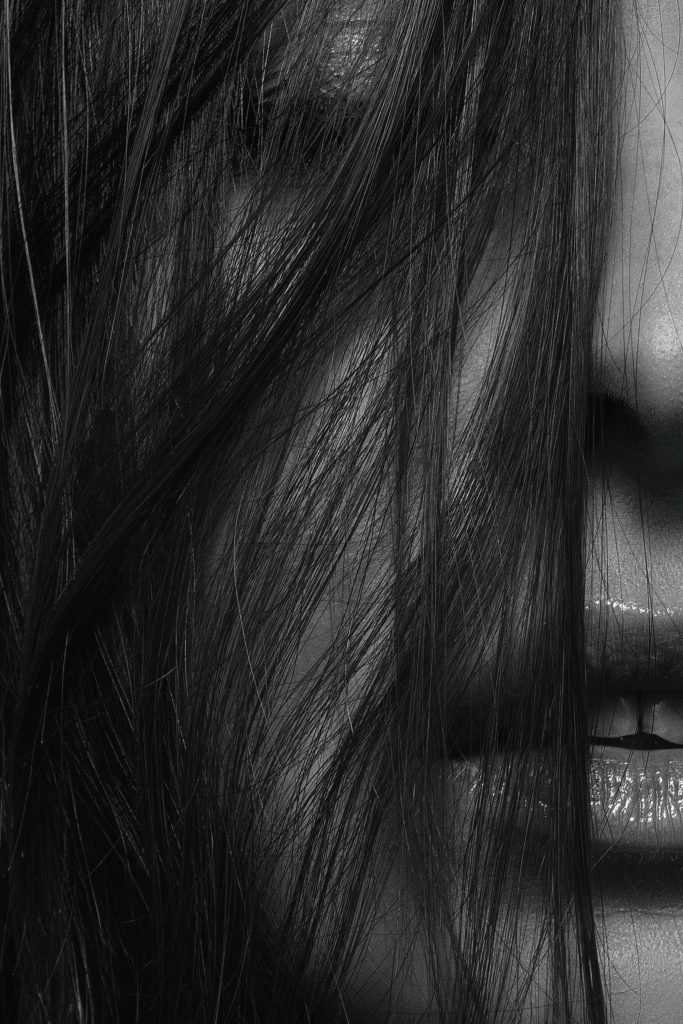There are many ways to explore the diversity of black sexual art. These can include African-style masks, Kehinde Wiley, and Sola Olulode. You can also purchase stock photos to create your own visual masterpieces. You will find 2,676 black sexual art stock photos on this website.
African-style masks
African-style masks have a unique history. They have been used by many black communities in their rituals, and they are an important part of many African art forms. African carvers use a large axe called an adze to carve their masks. This large instrument allows them to achieve amazing precision. They also use double-edged knives and chisels to add fine detail. Unlike modern artists, however, they do not use modern technology when creating masks for ritual purposes.
Masks are typically face coverings, and they represent different tribes and cultures. There are many different styles of African masks, from naturalistic to expressionistic and abstract. Some masks have a face on them, and this is intended to deceive those who are not initiated into the tribe.
Kehinde Wiley
The homoerotic and sexual overtones of Kehinde Wiley’s black sexual arts are obvious in his paintings, but they are not necessarily so obvious to observers. Rather, Wiley has swayed the art world, which is often cowed by political correctness, into glossing over the more overtly sexual implications of his works. In some of his paintings, Wiley invites men he meets in the street into his studio, where he paints them in a sexualized manner.
Kehinde Wiley’s black sexual artworks often feature images of black men and women. His art is often inspired by classical European paintings of black males by Old Masters. His idea is to reposition black male bodies in art by borrowing the poses from these paintings.
Sola Olulode
Sola Olulode is a Nigerian artist living in London. Her recent series of photographs, such as Waves 2020, explore states of wistful rest. She describes her artistic process as a form of therapy. Her artworks evoke moments of queer love and wistful gestures. Her works resist the notion of spatial specificity and instead are more personal and poetic, and offer an insight into the lives of black queer women in contemporary society.
Born in London in 1996, Sola Olulode is an accomplished British-Nigerian artist who has exhibited widely in the UK and internationally. Olulode received her BA in Fine Art Painting from the University of Brighton and has participated in solo and group exhibitions. Her work has graced the walls of various London art galleries and art fairs. Her work has also appeared on public transit systems in several U.S. cities, including New York, London, and San Francisco.
Diallo
The Wanderings of Anna Binta Diallo is a new season of exhibitions and virtual events presented by the School of Art Gallery at the University of Manitoba. It’s the first exhibition to focus on Diallo, a Senegalese photographer and mixed-media collage artist. The work of Diallo explores the power of female dignity and strength. Her work has been featured in Vogue Portugal and Essence, among other publications.
Diallo’s art transcends traditional portraiture, drawing inspiration from African photographers like Malick Sidibe in the 1960s. She uses mixed media to further enhance her portraits. In collaboration with the photographer Peter Beard, she has worked on various projects, including a Pirelli calendar.
Rosales
Rosales is a contemporary artist who reframes our entrenched patriarchal histories through a black perspective. Her works question the embedded ideologies of humankind and celebrate the Black body. In this interview, she discusses her art and its importance for the advancement of black culture.
Rosales’ work includes illuminated go-go boxes and portraits of youth from the ’90s. These images are a timely reminder of a culture long overlooked and misrepresented. Her work, while provocative, also highlights the plight of women. Until now, Latinas and other racial minorities have been underrepresented in the art world.
Although many people have criticized Rosales for objectifying the Black female body and demonizing black sex, Rosales positions his subjects as complete entities and centers her artworks around the human form and being. By presenting Black women in a way that challenges the dominant ideologies of beauty, power, and theological narratives, Rosales’ works of art are not only subversive but empowering.

